Both Weebly and Shopify have intuitive editors and excellent e-commerce features – but a recent corporate merger means it may be harder to choose between them. In 2018, Weebly joined forces with Square to launch Square Online, an e-commerce platform. This means Weebly actually has 2 builders – so you may find either has an edge over Shopify (or not).
Whether you choose the “classic” Weebly editor or Square Online, Weebly is generally a low-cost option that works well for small stores. However, Weebly’s built-in tools aren’t as advanced as Shopify’s, and Square Online is only available in a few countries (the US, Canada, France, Ireland, Japan, Australia, and the United Kingdom).
On the other hand, Shopify is available in nearly every country and has many cost-effective features built in. It’s particularly well-suited for medium stores looking to scale up quickly. Shopify has more than 6,000 apps to help you grow, but it can get pricey depending on how many apps you use.
After testing the two platforms, I found Shopify to be the overall winner, but Weebly is still a solid choice for online selling. It all comes down to which specific features you think would work better for your business. You can try Shopify’s free trial now, or read on to find out more about each platform’s pros and cons.

Save up to 25 % on your Shopify plan!
Limited-time offer - Don't miss it!
Templates
Shopify Has More Themes Than Weebly, but They Don’t Come Cheap
Weebly offers around 50 free themes, including 15 online store designs. The templates look stylish and allow for standard customization, such as colors, fonts, and layouts. If needed, you can import a template from a third-party platform, like ThemeForest or Webfire Themes.
Weebly offers a choice between two editors: the classic editor and the Square Online builder for online stores. The classic editor has those 50-ish templates I mentioned. But if you use the Square Online builder, you only get one template. At least the template you get looks pretty good, it’s mobile-responsive, and the basic content is fairly customizable.
All Weebly themes are automatically mobile-responsive, so you won’t have to worry about how your site will look on smaller screens. I also liked that you can switch between themes without losing your existing edits, which is great if you tend to change your mind a lot (like me).

With Shopify you get a lot more options – Shopify has around 80 themes, 15 of which are free. The templates look elegant and professional, and they’re automatically mobile-responsive. Shopify’s themes are categorized by industry, layout, and design styles, so it’s easy to find something that suits your brand.
Customization-wise, you can edit elements like fonts and colors, and if you’re proficient in Shopify’s coding language, you can edit your theme’s code. Shopify also lets you hire developers to create custom designs, and you can import third-party themes as well.
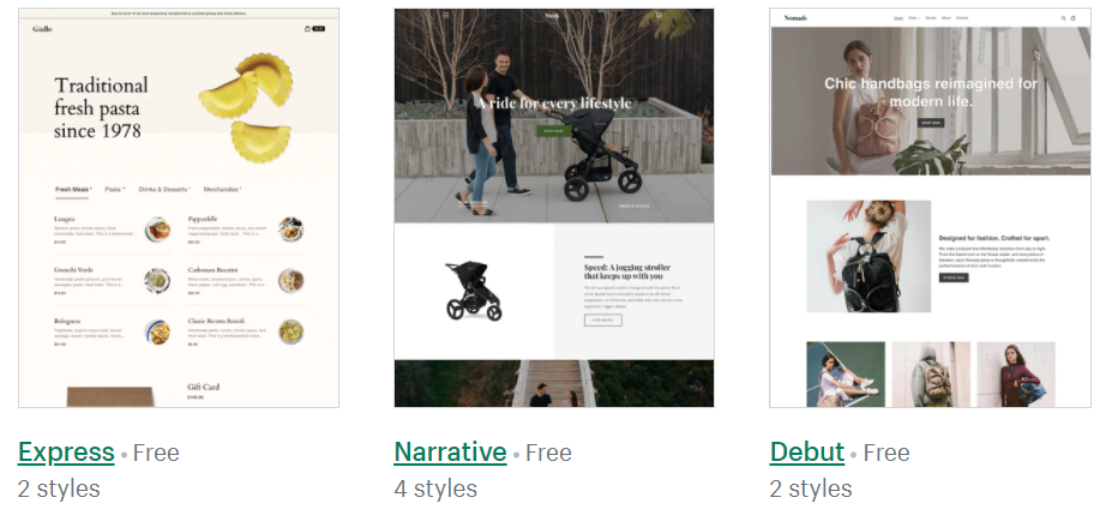
Unlike Weebly, most of Shopify’s themes are paid, and the price isn’t cheap. Still, Shopify’s designs offer good value for the money, with excellent built-in features like galleries, product pages, slideshows, and social media tools. Even Shopify’s free themes look great and have better design quality than Weebly’s.
Features and Ease of Use
Both Are Easy To Use, but Shopify Is More Powerful
When you sign up for Weebly, you’ll be asked if you want to sell on your site. If you select the “not selling at this time” option, you’ll be directed to the classic editor. You can still get e-commerce features on Weebly’s classic editor, but they’re less advanced than the Square Online features.
Weebly’s classic editor is very intuitive. You customize page layouts by dragging and dropping content blocks, such as images and contact forms, onto the page. Each content block has its own menu that allows you to modify the block’s colors, fonts, alignment, and more.
The Square Online editor, on the other hand, simply lets you choose from various pre-defined layouts. You can customize these by toggling certain elements on and off, such as logos, navigation menus, social icons, and buttons. Though a bit more limited, this toggle approach means Weebly’s Square Online editor is great if you want to build a store as easily as possible.
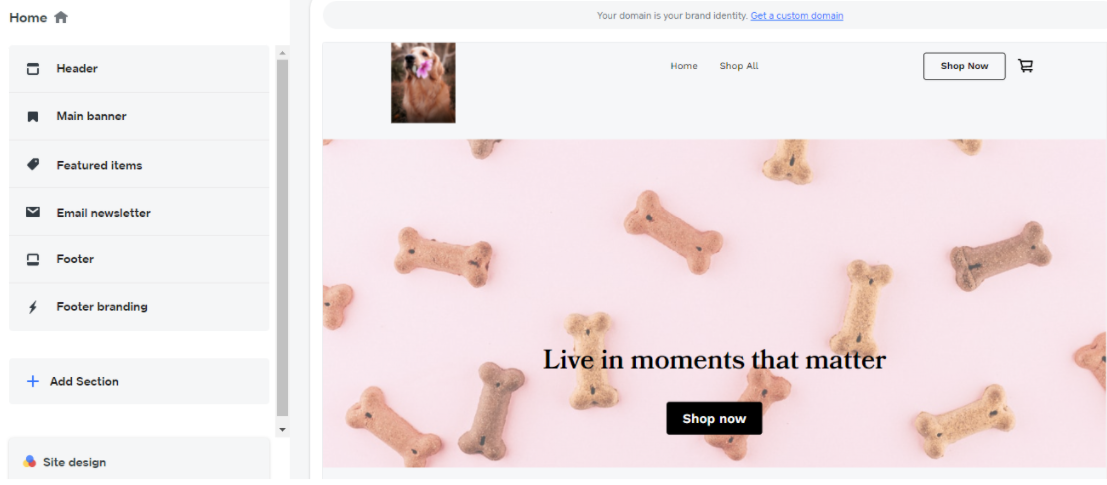
Meanwhile, Shopify’s drag-and-drop editor provides a great combination of ease-of-use and powerful e-commerce. You can add and modify template sections such as columns, testimonials, sign-up forms, slideshows, and more. The interface is easy to navigate, and there are setup tutorials to guide you through the process of building your online store.
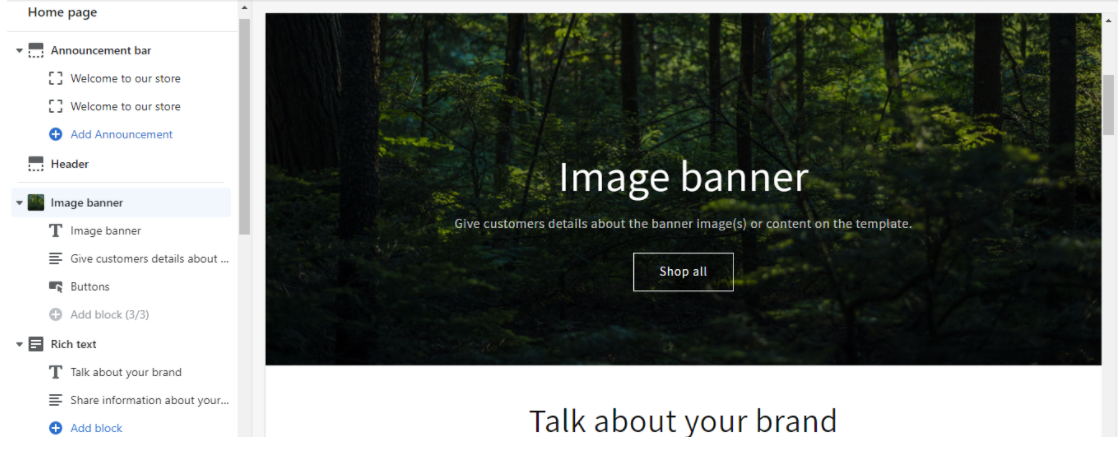
Many of Shopify’s built-in features are pretty cost-effective, which helps to offset its initial price tag. For example, Shopify offers unlimited storage on all plans, whereas with Weebly you’d have to upgrade to the Professional plan to get unlimited storage.
When it comes to processing payments, Weebly lets you take payments through PayPal and Stripe, in addition to the default Square payment processor. However, Shopify allows you to integrate over 100 payment gateways to your site. Plus, Shopify Payments is built-in, has no transaction fees, and can be used in 17 countries.
Apps
Shopify’s Robust App Store Caters To Your Every Need
If you choose Weebly’s classic builder, you get access to Weebly’s App Center, which offers over 350 apps. You’ll find free and paid options in categories like E-Commerce, Marketing, Social Media, and more. You can also use the Square App Marketplace, which has a wider selection of apps – but you’ll need to make a free Square account first.

However, Shopify still reigns supreme when it comes to third-party integrations, as the Shopify App Store has over 6,000 free and paid apps. You’ll find a tool for basically anything, including dropshipping apps, live chat apps, countdown timers, loyalty programs, and a whole lot more.
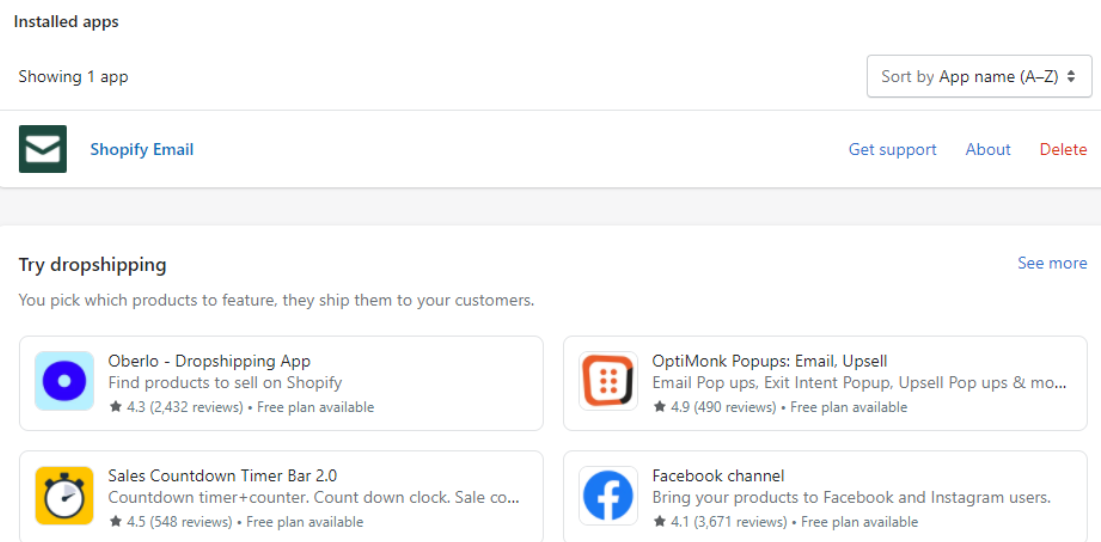
Despite the sheer number of options available, Shopify’s app store is easy to navigate, so you can quickly find what you’re looking for.

Blogging
Shopify’s Blogging Tools Are a Bit More Advanced Than Weebly’s
In the classic editor, Weebly lets you customize blog posts using content blocks, including images, videos, signup forms, and more. In the Square Online builder, you create Stories – pages for blog posts. You edit these pages directly in the site editor, which means toggling on and off elements like images, buttons, and so on.
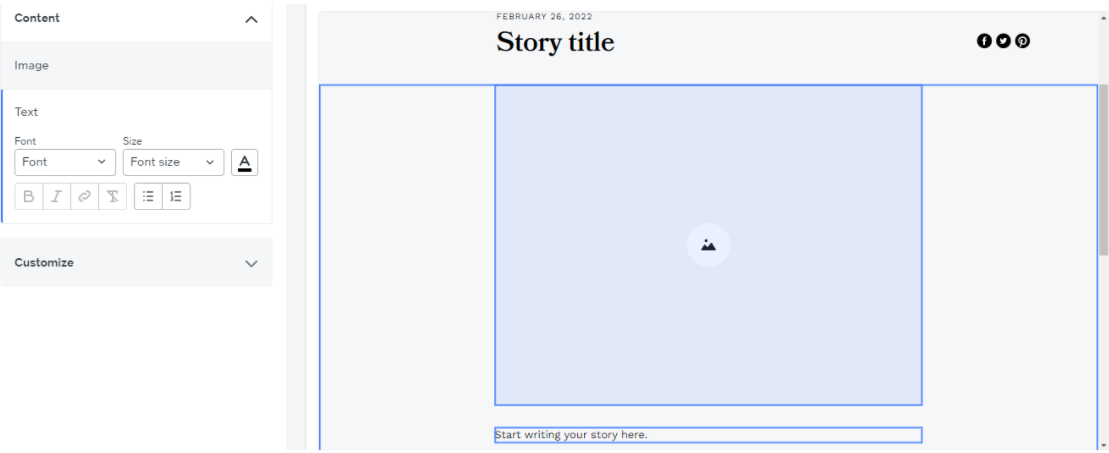
Shopify allows you to edit posts directly in the site editor, rather than a separate blog editor, which saves time. You can do the basics, like adding featured images to your posts or creating tags to organize content. Like Weebly, Shopify lets you optimize post titles and descriptions for SEO and adjust search visibility for individual posts.
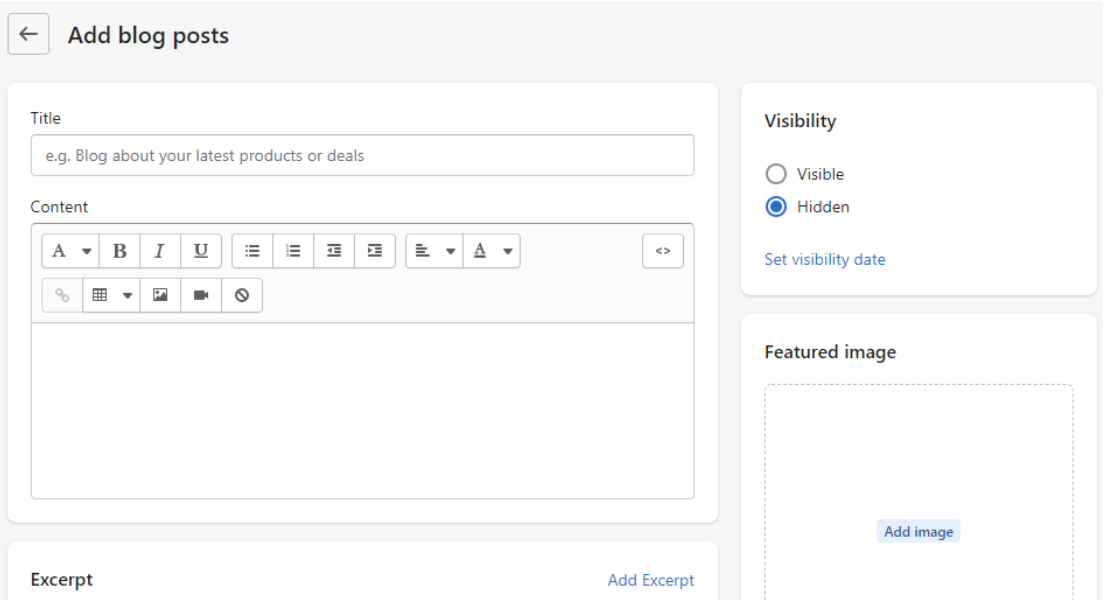
Overall, Shopify and Weebly both have decent (if basic) blogging platforms. However, Shopify offers a few useful blogging tools that Weebly doesn’t have. For example, Shopify lets you schedule the publishing of posts in advance. This can be handy if you want to time certain posts with product launches. Shopify also lets you publish (or unpublish) multiple posts at once.
E-Commerce
Weebly Has a Solid Set of Tools, but Shopify Has Better (And More Accessible) Features
You can build an online store using Weebly’s classic editor, but because the Square Online builder was designed for e-commerce, I’ll be focusing on it in this section.
Square Online’s interface for adding products is smooth and intuitive. You can add product variants such as sizes or colors, set fulfillment options, and adjust SEO settings for product pages. Also, Square Online lets you add 360° photos and GIFs to your products in addition to normal images.

Square Online makes it easy to sell subscriptions and gift cards and allow customers to leave product reviews. You can also schedule item updates, such as decreased prices, in advance. Shippo’s integration with Square Online (and classic Weebly) lets you set up shipping rates, print shipping labels, and more.
Shopify’s clean interface makes it easy to add products to your store. You’ll need to include basic info (like the product’s name, category, and price), upload an image, and you’re good to go. As with Square Online, you can add 3D models of your products, but unlike Square Online, Shopify lets you upload videos of your products, too.
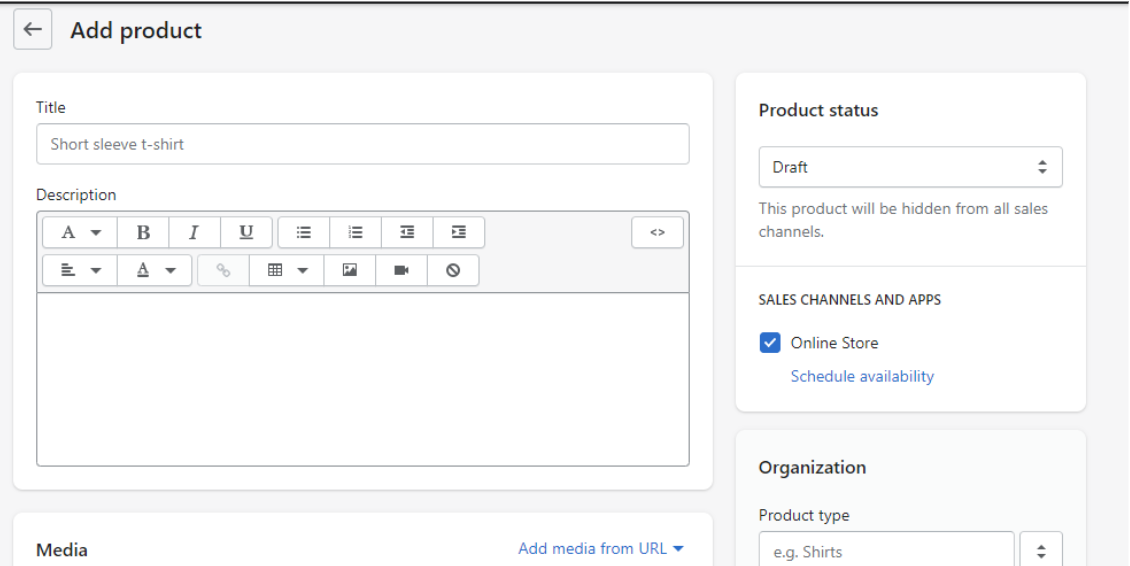
Shopify gives you much more than these essentials, though. You can create multi-language stores, customizable customer login areas, and one-click checkouts to ensure your customers have a smooth shopping experience. Shopify’s built-in analytics not only give you insight into your store’s visitors, but also help detect potentially fraudulent orders.
Square’s POS system is great for syncing data between physical and online shops. However, it’s not available everywhere, whereas you can use Shopify’s POS system in almost any country. Aside from its wide availability, Shopify’s POS system is good on its own merits – it’s easy to use and it comes with powerful features, such as inventory tracking, staff management, and more.
Shopify beats Weebly on shipping as well. Although Weebly’s Shippo integration is handy, Shopify’s in-house shipping tools are more powerful. Shopify Fulfillment Network speeds up the process of shipping your products to fulfillment centers. And Shopify Shipping (available only in the US) displays shipping rates in real-time, plus it can save you up to 88% on shipping.
Marketing
Shopify Offers Multi-channel Selling and Free Email Marketing
Unlike Weebly’s classic editor, Shopify lets you sell your products on other marketplaces, like Amazon, eBay, Facebook, and Instagram (among others). Shopify automatically tracks orders and inventory across platforms, so everything stays in sync. Square Online also lets you sell on Facebook, Instagram, and TikTok, but not on other marketplaces.
Weebly Promote is an email marketing add-on that lets you customize email templates, build your contact list, and segment it based on demographic data (such as gender, location, and profession). You do have to pay separately for Weebly Promote, but at least you can pay for the exact number of campaigns you need.

Shopify’s built-in email marketing tool, Shopify Email, lets you run and analyze marketing campaigns. You can choose from ready-made email templates that automatically pull your logo, products, and store colors. The best part is that, unlike Weebly Promote, Shopify Email lets you send up to 2,500 emails a month for free.
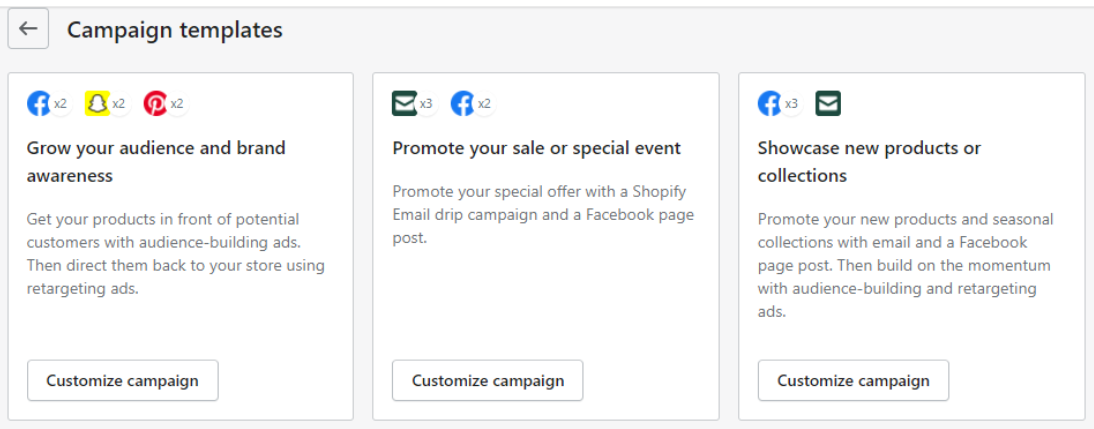
And since Shopify lets you sell on various marketplaces, you can also launch one-click multichannel marketing campaigns to showcase products on Facebook, Instagram, TikTok, eBay, Walmart Marketplace, and more.
SEO
Weebly and Shopify Have Pretty Much the Same SEO Tools – It’s a Tie
Both Weebly and Shopify allow standard site optimization via customizable URLs, meta descriptions, and alt tags for images. Also, both automatically generate a sitemap for your website so that search engines can easily scan it.
One of Weebly’s built-in tools lets you add 301 redirects when a page URL changes permanently, which prevents broken links. Shopify has a similar built-in feature for outdated content – it lets you redirect visitors from an outdated URL to the new one, which reduces 404 errors.
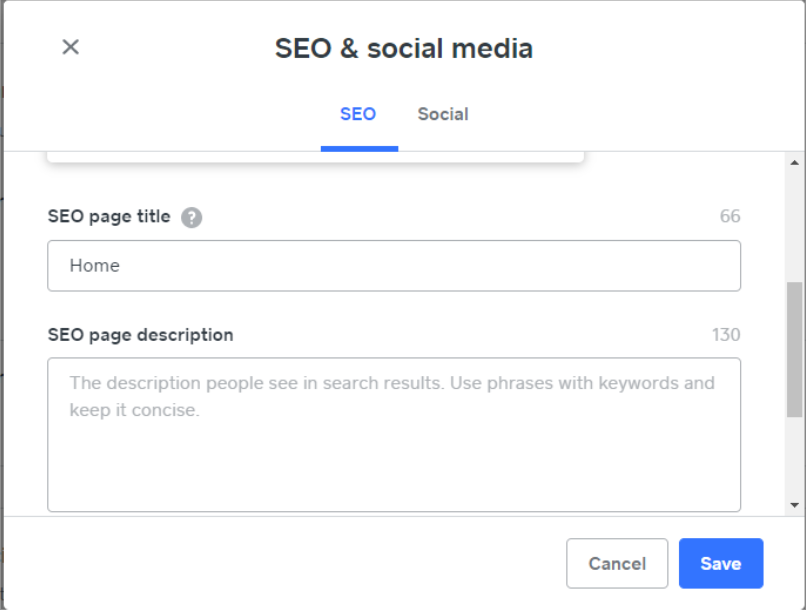
Both Weebly and Shopify allow you to integrate Google Analytics to monitor and improve your SEO efforts. Also, you can integrate many other SEO apps from their respective app markets.
But while Weebly and Shopify have largely similar SEO abilities, I’m giving Shopify the win because of one small, yet important, feature: headings. Headings help visitors quickly scan through your content and tell search engines what your pages are about. Weebly only lets you add H1 and H2 headings, whereas Shopify lets you go all the way down to H6 headings.
Pricing
Shopify Is More Expensive Than Weebly, but It Provides Better Value
Weebly has a free plan and four paid plans. The free plan includes 500 MB of storage, free SSL security, SEO, and most site customization tools. It’s a good way to test the platform, but to actually sell products, you’ll have to upgrade to Weebley’s Pro plan or higher.
Weebly’s Pro plan lets you sell up to 25 products. You also get unlimited storage, free Google ad credits, advanced site stats, and more. The higher-tiered plans come with advanced e-commerce features like unlimited products, inventory management, abandoned cart emails, a shipping calculator, among other things. Weebly charges transaction fees on all paid plans.
If you use the Square Online editor, you will have to choose from one of four pricing plans. These include three paid plans and one plan that charges transaction fees, but not subscription fees.
All three Shopify plans are paid, but Shopify’s 14-day free trial lets you try it risk-free. All plans include unlimited products, abandoned cart recovery, Shopify Shipping, Shopify Payments, and multi-language functionality. Higher tiers let you add more staff accounts and assign inventory to more locations. Transaction fees still apply on all plans if you don’t use Shopify Payments.
Overall, Shopify costs more than Weebly, but you also get more functionality in return. The great thing about Shopify is that almost all major features are available on all plans, while with Weebly you have to upgrade to the most expensive plan to get a similar set of features. Even then, they’re not as extensive as Shopify’s.
Weebly is certainly the more affordable option, but it’s better suited for smaller stores that don’t need too many features.
| Weebly Pro | Basic Shopify | |
|---|---|---|
| Starting price | $12.00 | $29.00 |
| Transaction fees | ✔ | Yes, unless you use Shopify Payments |
| Number of products you can sell | 25 | Unlimited |
| Unlimited storage | ✘ | ✔ |
| Multi-channel selling | ✘ | ✔ |
| Abandoned cart recovery | ✘ | ✔ |
| 24/7 customer support | ✘ | ✔ |
Support
My Experiences With Weebly and Shopify Were Fast and Pleasant
Weebly offers only email and live chat support on lower-tiered plans, while the more expensive options also have phone support. Weebly’s customer support is available every day from 6 AM to 6 PM, US Pacific Time.
I contacted them via live chat and asked how many products I could sell using Square Online. Weebly’s support agent replied within minutes, saying that I can sell unlimited items with a Square account.
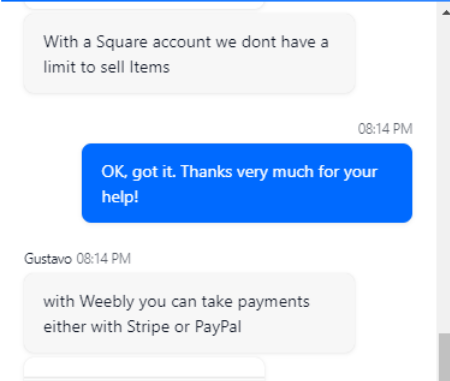
My experience with Shopify live support was equally smooth. Shopify offers 24/7 email, live chat, and phone support on all plans. Shopify even emails you a transcript of your live chat so you can go back to it any time. I asked whether it’s possible to translate a theme into more than one language. The (prompt) answer I received was both elaborate and helpful.
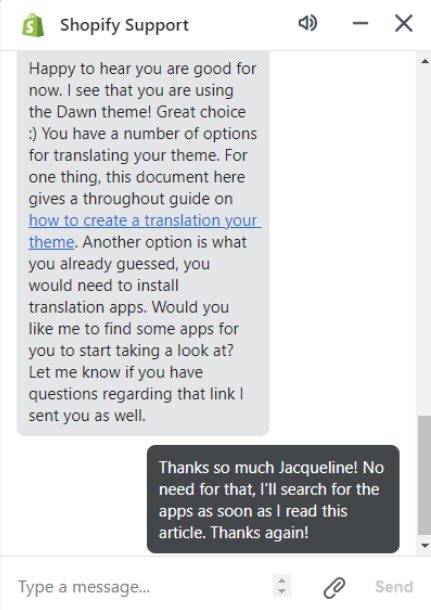
Aside from live chat, both Weebly and Shopify offer extensive support documentation with detailed articles on all aspects of online store building. Both also have engaged community forums where you can get answers quickly. Overall, there’s very little to choose between these platforms when it comes to customer support.
Weebly Tries Hard, but Shopify Is Simply Superior
Weebly is a pretty good option if you run a small store, and the additional e-commerce tools provided by Square are worth trying out if you live in one of the countries that can use them. However, neither of these platforms beat Shopify’s combination of user-friendliness and power.
The Shopify platform offers a user-friendly interface packed with numerous features to support your business operations, including inventory management and comprehensive analytics. Moreover, it stands out as an excellent choice for scaling up, boasting unlimited product and storage capabilities, multiple sales channels, and a wealth of third-party integrations to enhance your website’s functionality.
E-Commerce
- Support documentation
- Community forum
- Email support
- Live chat
- Phone support
- Support documentation
- Community forum
- Email support
- Live chat
- Phone support
FAQ
Is Weebly better than Shopify for an online store?
Thanks to its merger with Square, Weebly offers solid online store tools via Square Online. However, Square payment processing isn’t available everywhere. In contrast, Shopify is loaded with stronger e-commerce features and is available in almost every country, so it’s a better online store option than Weebly.
If neither of these platforms work for you, take a look at our list of the best website builders for 2025 to review more options.
Does Weebly take a percentage of sales?
Weebly charges 2.9% + $0.30 per transaction on the Pro and Business plan, with the percentage dropping to 2.6% + $0.30 on the Business Plus plan. On the Pro plan, you’ll be charged an additional 3% fee if you use a third-party payment provider. On the higher-tiered Weebly plans, that fee is waived.
Can I use Shopify with Weebly?
If you want to link your Shopify store to another website, you can do so by integrating the Shopify Buy Button. You copy a special code from Shopify and paste it into the Embed Code element in Weebly (or a similar element in another builder). The button provides a seamless shortcut to your shopping cart.
Who owns Weebly?
Square acquired Weebly in 2018. Weebly and Square launched Square Online, an e-commerce platform with a focus on making online store management easy, especially for syncing physical stores with online ones.

















